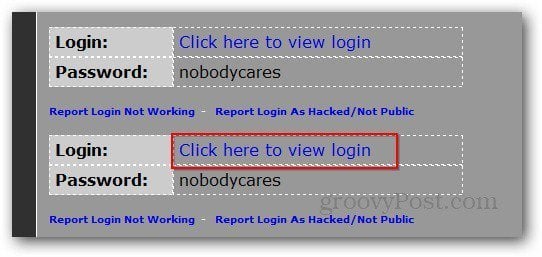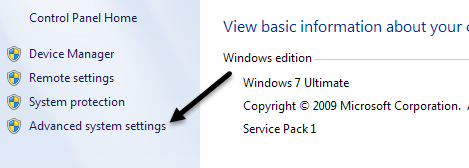









Available link for download





Available link for download
Well, at least these will not cause Apple to sue for IP infringement.
Available link for download
Available link for download



Available link for download




Available link for download
 |
| TECH BD |
 |
| TECH BD |
Available link for download


Available link for download
Continuing our HOW TO series,we’ll look at how to remove ‘Your Computer Might Be At Risk’ alerts coming up in the tray icon on Windows XP based PCs.
If you disable/turn off the default ‘Windows Firewall’ or if you turn off Automatic Updates(Not Recommended) or if you don’t have any updated anti-virus program running on your Windows XP based computer,you would see some annoying message/alert coming at the tray icon of your PC.
Message would look like this:
“Your Computer Might be at risk”
Windows Firewall is Turned off
Automatic updates Disabled
Your Anti-Virus might be out of date.

It is actually intended to alert the user,however many PC users find it annoying.
So follow the below points to turn it off.
Navigate to Start>Settings>Control Panel>Security Center
Once you’ve launched the security center,look at the left hand side of the window.
Look for the ‘Change the way security center alerts me’ under ‘Resources’ tab.

Click on it,it’ll open a new window[Alert Settings] which looks like the following:

Uncheck all the options to completely turn off the security center alerts.That’s all,You’re done.
Note:However,it is Always highly recommended to turn on your firewall/automatic updates and update your anti-virus program.
Post comments if you liked this post.
Available link for download
 |
| Tech BD |
Available link for download


Available link for download




Available link for download
Laptop battery life is the primary concern for most of the Notebook users now.Notebook users always want high performance and thus draining their batteries quickly[Of course you need to compromise at times for the sake of your battery].
First things first:If your notebook battery is too old check it’s condition using some tools available on the internet.
HP has it’s very own tool to check the conditions of notebook batteries.
Here are some tips that you can follow to maximize your Notebook battery life:
Available link for download
| Antivirus Software | Virus/ Worm Codename |
| Agnitum | Worm.Bundpil!OhF8MibBTrs |
| AhnLab-V3 | Worm/Win32.Gamarue |
| AntiVir | TR/ATRAPS.Gen, WORM/Gamarue.nouem |
| Antiy-AVL | Worm/Win32.Bundpil |
| Avast | Win32:Gamarue-BS [Wrm] |
| AVG | Worm/Generic3.FAI |
| BitDefender | Trojan.Generic.8971784 |
| CAT-QuickHeal | Trojan.Agent.WL |
| ClamAV | PUA.Win32.Packer.Upx-53 |
| Commtouch | W32/Csyr.A.gen!Eldorado |
| Comodo | Worm.Win32.BundPil.LAS |
| DrWeb | Trojan.MulDrop4.25343 |
| Emsisoft | Trojan.Generic.8971784 (B) |
| ESET-NOD32 | Win32/Bundpil.AC, win32/bundpil.x, win32/bundpil.xx |
| F-Prot | W32/Csyr.A.gen!Eldorado |
| F-Secure | Trojan.Generic.8971784 |
| Fortinet | W32/Generic!tr |
| GData | Trojan.Generic.8971784 |
| GFILab | Worm.Win32.Bundpil |
| Ikarus | Trojan.SuspectCRC |
| K7AntiVirus | Trojan |
| K7GW | Trojan |
| Kaspersky | Worm.Win32.Bundpil.atg |
| Kingsoft | Win32.Troj.Undef.(kcloud) |
| Malwarebytes | |
| McAfee | Obfuscated-FGA!hb |
| McAfee-GW-Edition | Heuristic.BehavesLike.Win32.Suspicious.H |
| Microsoft | Worm:Win32/Gamarue.N |
| NANO-Antivirus | Trojan.Win32.MulDrop4.bqryci |
| Norman | Bundpil.A |
| nProtect | Trojan.Generic.8971784 |
| Panda | Trj/Downloader.WKR |
| PCTools | Backdoor.Trojan |
| Rising | |
| Sophos | Troj/Bundpil-C |
| Symantec | Backdoor.Trojan |
| TheHacker | Trojan/Bundpil.ac |
| TrendMicro | WORM_GAMARUE.SMB, WORM_BUNDPIL.BC |
| TrendMicro-HouseCall | TROJ_GEN.F47V0517 |
| VBA32 | Trojan.Agent.2407 |
| VIPRE | Trojan.Win32.Generic!BT |
| ViRobot | Worm.Win32.Agent.4484 |
Available link for download

Available link for download
Available link for download